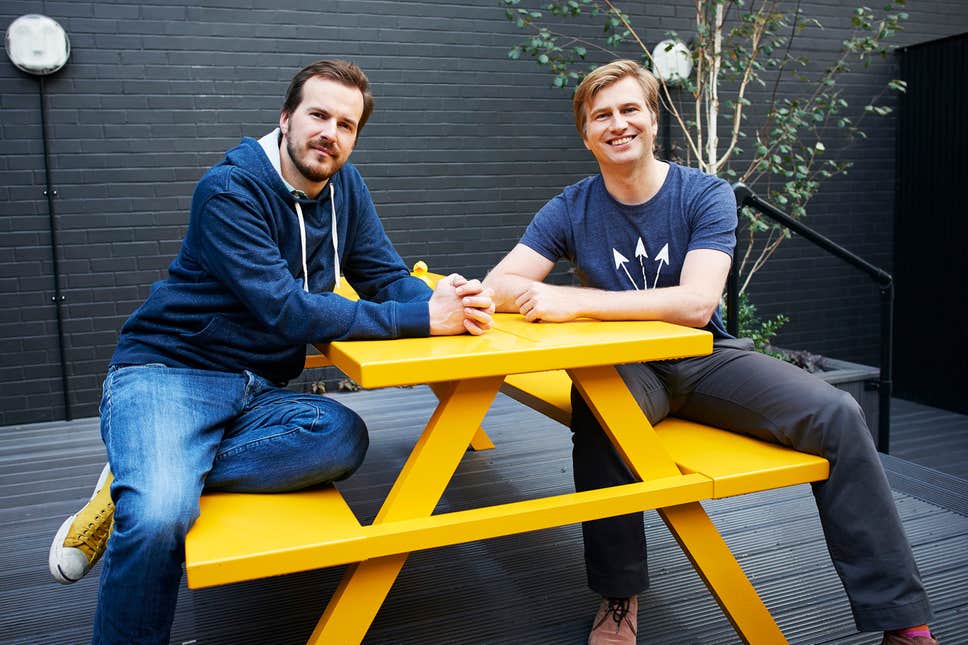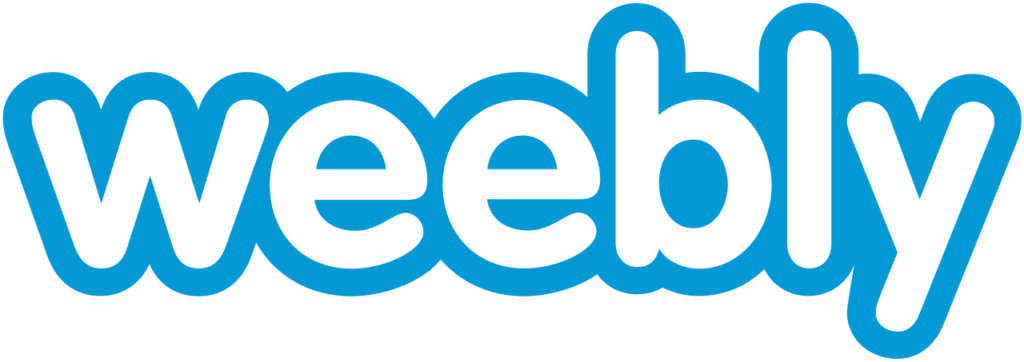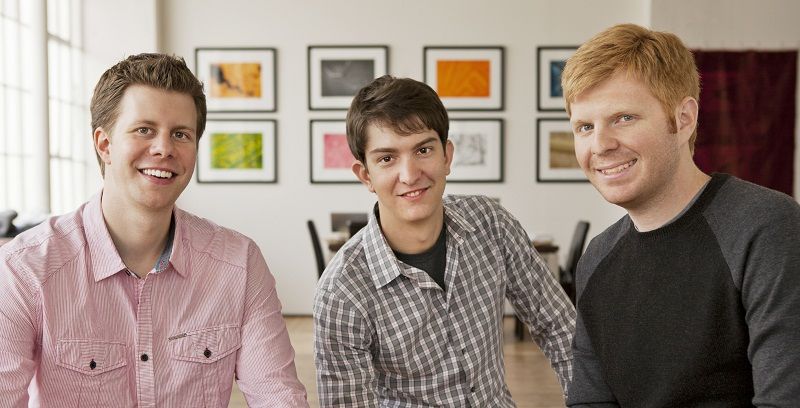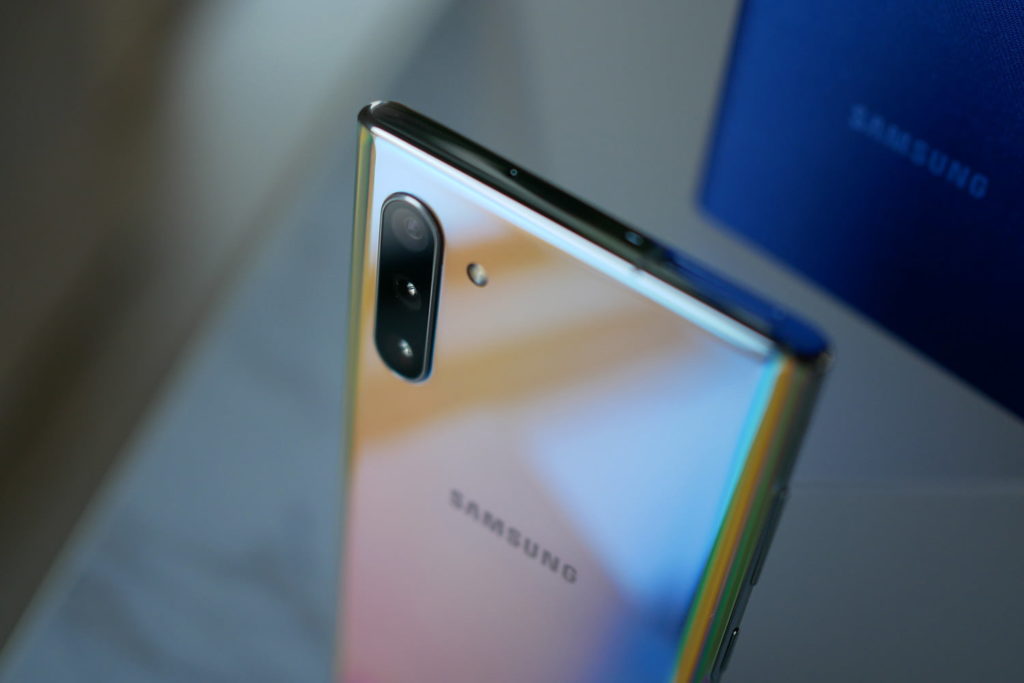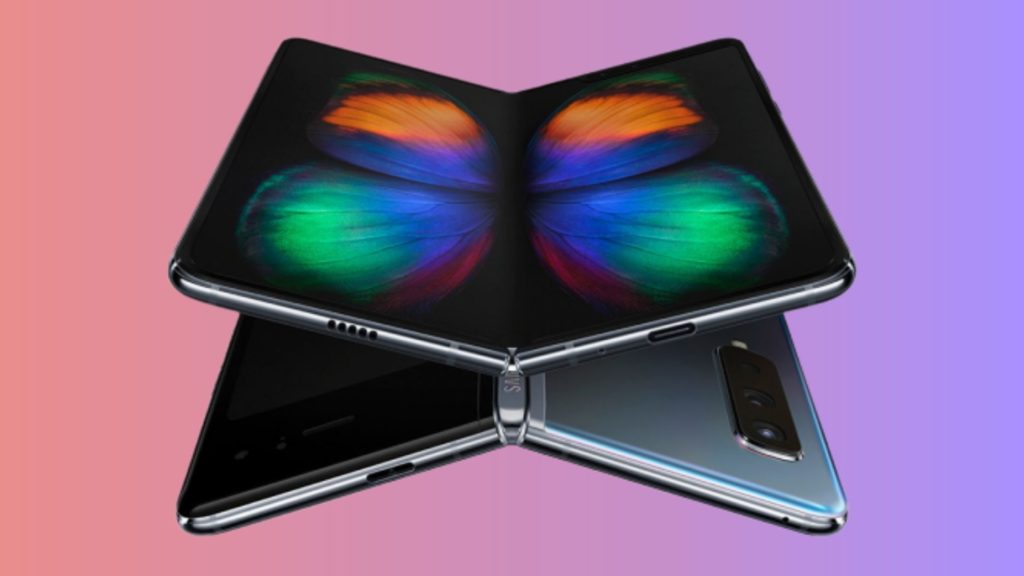The Qualcomm’s Snapdragon 7 and 6 Series will be the Low-Budget 5G Chipsets
4G has made life a lot faster, and now, 5G is the next big thing the people are looking forward to. Till now, only a few companies have been able to get their hands on this technology, including Oppo Reno, Samsung Galaxy S, One Plus 7, etc., Qualcomm being the biggest chipmaker to provide them with the 5G modem.
Till now, Qualcomm had been offering the handsets makers with the separate 5G modem. But recently the company had announced that it will be including the 5G technology in its upcoming 8xx series 5G platform. That means, no separate modems but the 5G technology integrated to the processor itself. Adding to that, now the company has announced that the mid-range Snapdragon 6xx and 7xx chipsets will also have the 5G technology included into them.
The company announced its new Snapdragon 7xx and 6xx series 5G processors at the ongoing IFA event in Berlin, Germany. The announcement also revealed that there will be an extended range of 5G technology that will offer the support for technologies like the sub-6Ghz and mmWave spectrums, TDD and FDD modes, 5G multi-SIM, and Standalone (SA) and non-standalone (NSA) network architectures, etc.
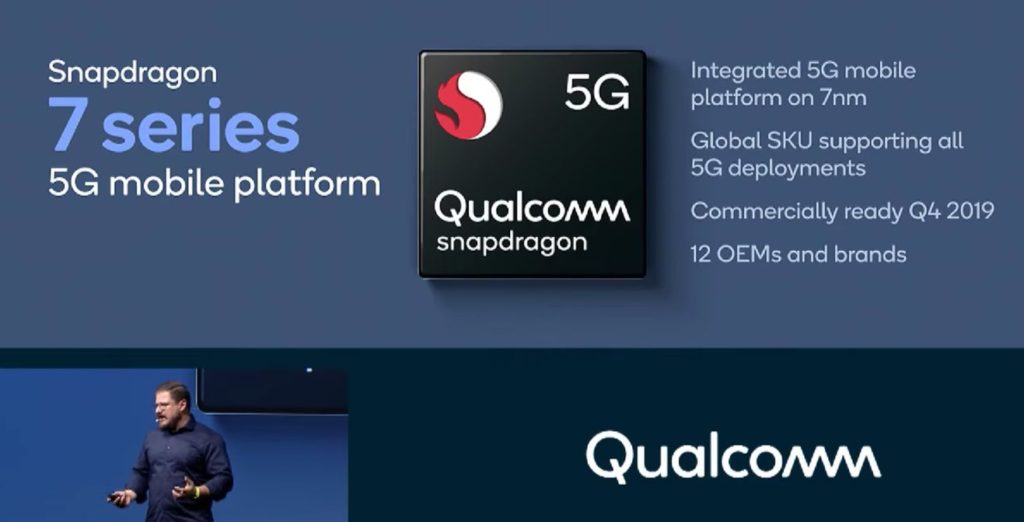
Also, the new Qualcomm chipsets will make a large range of devices, mid-price or expensive, support 5G.Which is kind of the main purpose behind the release of the new chipset, i.e., to make the 5G technology available to almost everyone, not to the ones with expensive devices. “The transition to 5G is going to be faster than earlier transitions. Now we have to bring it to everyone,” said the Qualcomm President Cristiano Amon.
According to the announcement, the company has already partnered with twelve smartphone makers for integrating the new Snapdragon 7 series 5G chipset into their upcoming 5G smartphones. This list of partners includes names like Oppo, Vivo, Nokia, LG, etc.
The announcement by the company did not reveal the actual dates of availability of these new chipsets in the market but has given us the time slot when the markets can have them. Qualcomm has already talked about releasing the 8xx series 5G platform by the end of this year, whereas we can expect the Snapdragon 7xx series 5G platform to roll out by the fourth quarter of this year, and the release of the 6xx series 5G platform may take place in the second quarter of 2020.

Yashica is a Software Engineer turned Content Writer, who loves to write on social causes and expertise in writing technical stuff. She loves to watch movies and explore new places. She believes that you need to live once before you die. So experimenting with her life and career choices, she is trying to live her life to the fullest.

